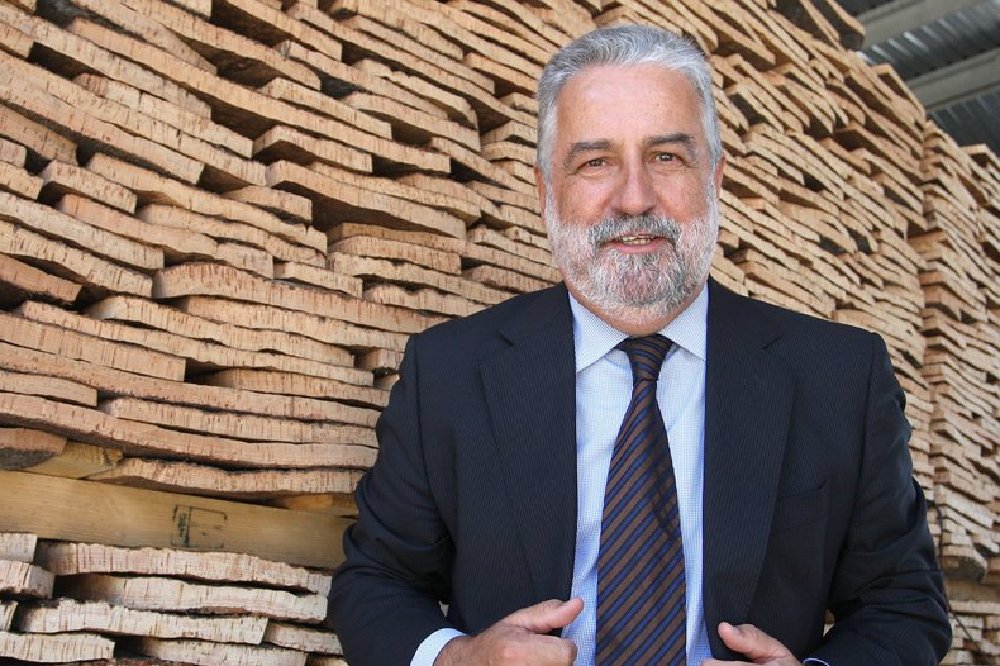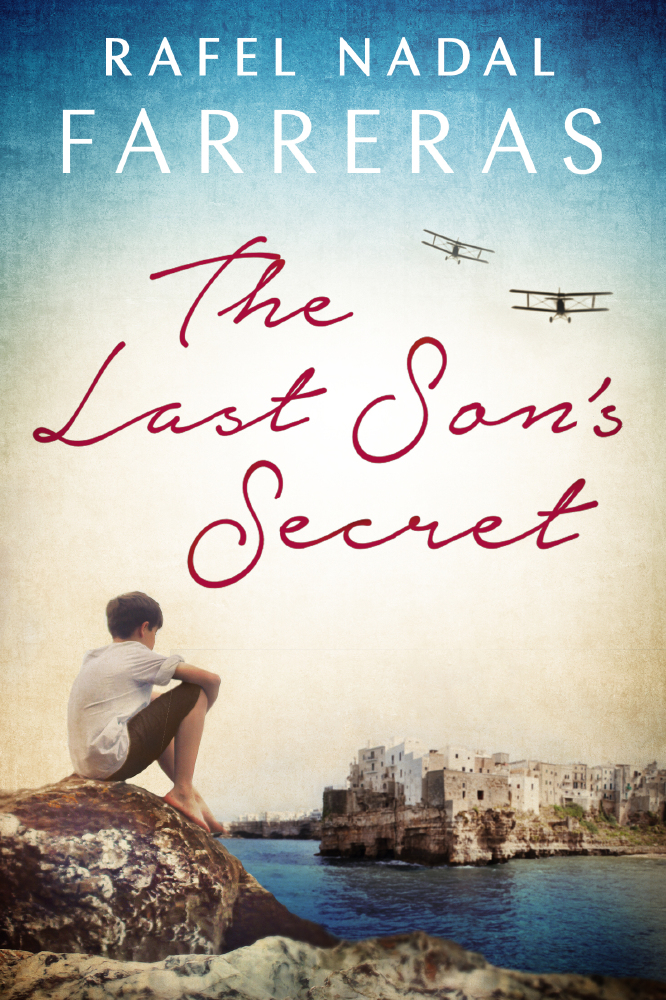How would you describe your book and what happens in it?

Rafel Nadal Farreras
With fascism and the two world wars in the background, The Last Son’s Secret draws a mural of the tumultuous Europe in the 20th century, and tells a double story about destiny and the highly emotional strength love can have –reaching its peak in the dramatic hours that followed the German bombing of the city of Bari, and the explosion of a ship full of mustard gas, on the night of 2nd December 1943.
This a family saga starring the strongest of women (Donata, Francesca, Giovanna and nonna Angela) and a young man (Vitantonio) determined to claim his own origins without giving up his own convictions.
What were your inspirations?
I was travelling around the south of Italy in August 2011 and on an especially hot day, I arrived to Locorrotondo –a medieval town within the magnificent Itria Valley, in the Puglia region. Like in almost every single town and city in Europe, in the main square there was a monument dedicated to the local victims of the two big wars. On the monolith devoted to World War I, I could read 21 names with the same surname: Palmisano. This suggested that one family had paid an incredibly high and cruel price in that single conflict. Convinced that was proof that sometimes destiny drags humans based on their origins, I quickly checked the memorial stone with the list of the victims of World War II, where I could confirm that basically there was no one from the Palmisano family there (had they all perished in WWI?). However, another family, Convertini, had been the one paying the highest price; half of the list shared that very same surname.
That night I started to imagine, to recreate the story of these two families that passed the tragedy one once Donata Palmisano decides to give her son to her cousin Francesca Covertini, so she can save him from the tragic destiny the Palmisano Curse brings.
How did you go about researching the names you found on the monument honouring those families that had fallen in the two World Wars? How much of the story is based on what happens to those men?
All the historic parts and facts in the novel are real, however all the Palmisano and Convertini characters are fiction, coming out just from the author’s imagination. The 21 Palmisano men that die in WWI, die in the same circumstances as the 21 real men that I have been able to find and research. The rebel uprising in Matera is also true (this was the first popular uprising in Italy against the German troops), and Vitantonio goes through it and lives it just like it happened in real life.
This is the first time one of your books has been translated into English. How does it feel to be have your work read by readers in so many different countries?
When one of your books faces different publics, that’s when you reach the moment of the truth. The moment in which what you have written from particular circumstances and landscapes can get elevated to a universal category and arouse feelings in readers that live in very different worlds. I do hope to get to all of them, maybe because they can relate easily with the physical frame of the novel, a landscape truly Mediterranean, even if it’s not theirs. Also, because the story of Donata, Vitantonio and Giovanna talks about emotions and passions, feelings that have moved humans since the earliest of times.
There are many different threads to The Last Son’s Secret. How did you plan out the book? Is there a part of it you enjoyed researching/writing about in particular?
The Last Son’s Secret is a novel about destiny. I could have placed it in any region of the South of Europe: it could have taken place in Sicily, Provece, Anadalusia or the Emporda. All these regions share the same kind of olive trees, grapevines and the same cherry trees; the scorching sun, the same kind of selfless people, the same injustices and the same sense of rebelliousness. There is a common life in all the Mediterranean south: “dura, ma dignitosa” (which translates as “hard, but decent”). This is the way an old man who was working on his allotment defined to me the life there, in the outskirts of Martina Franca (Puglia, Italy). But the spark that inspired the plot of the novel was lit in Locorrotondo, and it was only about justice that this story was an Italian one.
The most difficult parts to write are the ones who have both wars in the background. The best ones, the most enjoyable ones, are the ones that describe the coming-of-age of the twins, as well as the setting and the atmosphere of the rural life in that period, the bourgeois grandeur… especially depicted in nonna Angela’s great garden full of white flowers.
What is the one thing you’d like the reader to take away from your novel?
I would like the readers to be imbued with the colors, the smells and the flavours of Puglia, for them to dive into the most authentic Mediterranean. Above all, I’d like for them to drift into the sea of feelings and passions lived and experienced by the characters, for them to recognize the heroes that since the very beginning have risen the flag of freedom against destiny’s cruel and fatal impositions.


